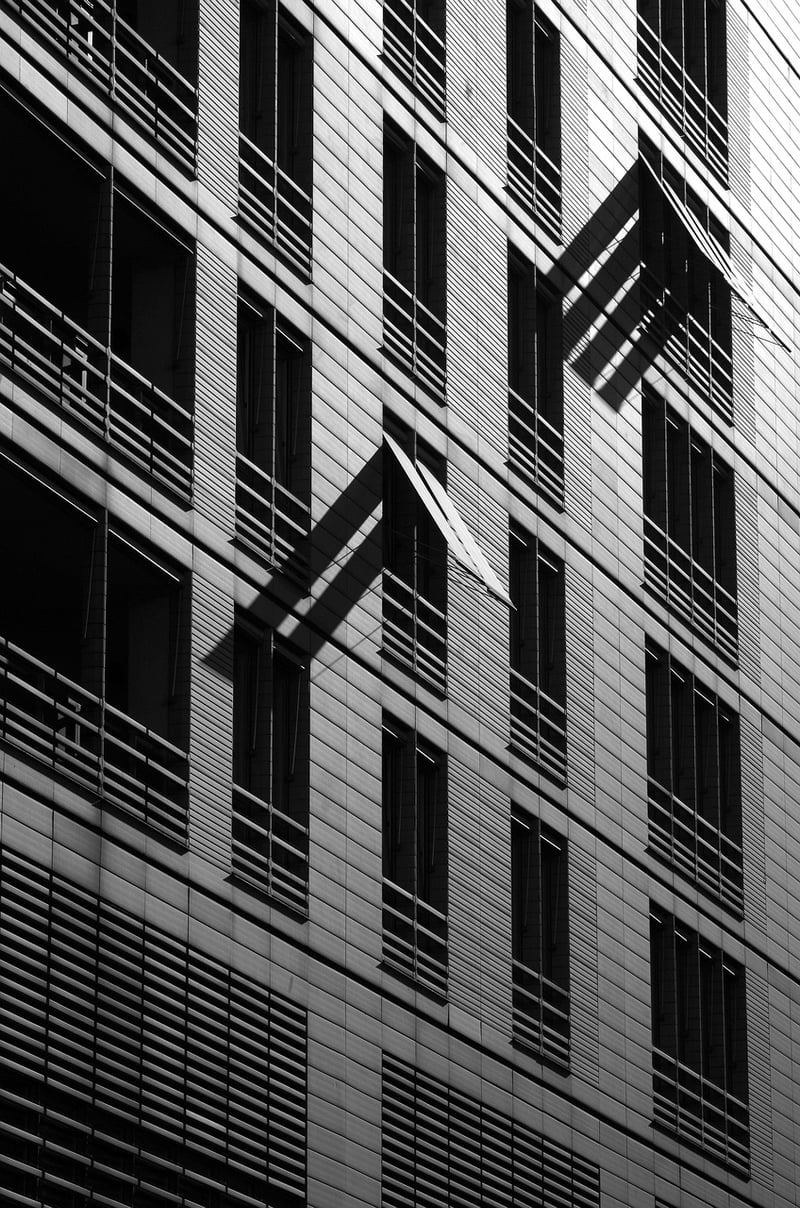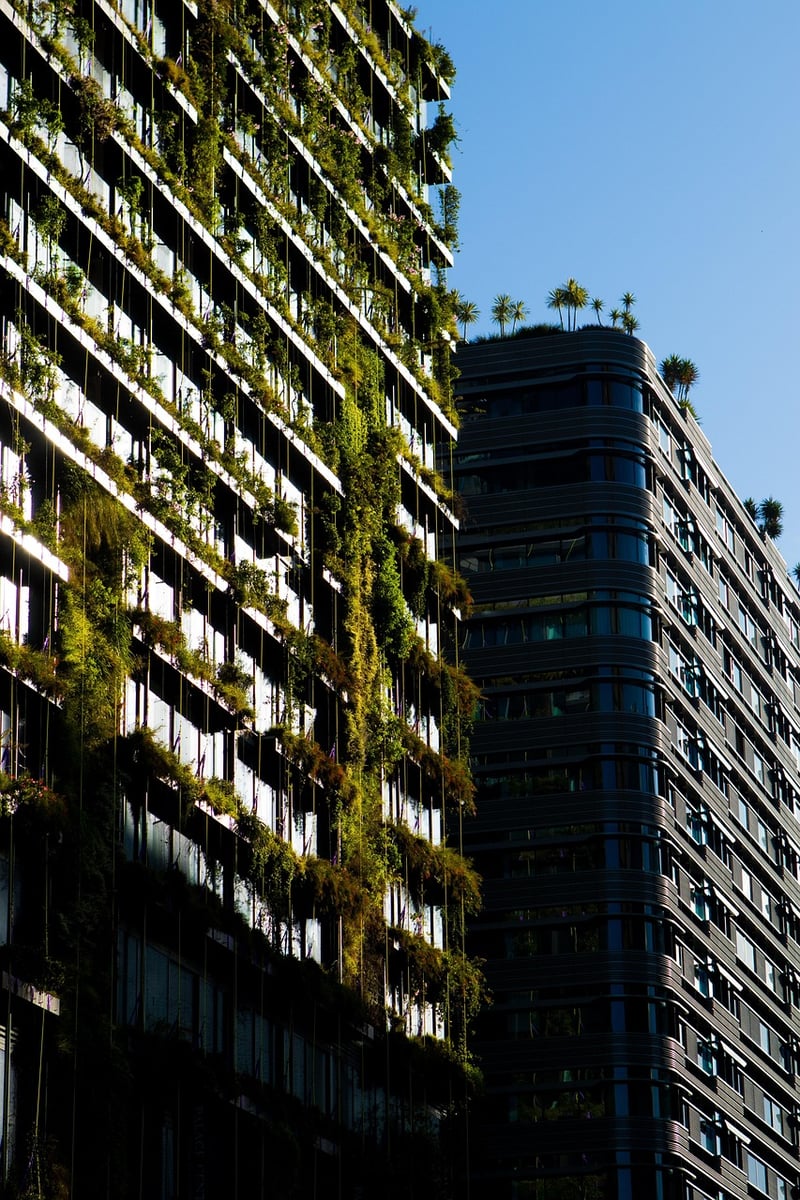Eco-Friendly Design
The Rise of Vertical Gardens in Eco-Friendly Design
In recent years, vertical gardens have become a popular choice for eco-conscious individuals looking to incorporate greenery into their living spaces while maximizing limited square footage. These living walls not only add a touch of nature to urban environments but also provide a host of environmental benefits. Let's delve into the world of vertical gardens and explore how they are revolutionizing eco-friendly design.
What are Vertical Gardens?
Vertical gardens, also known as living walls or green walls, are structures that allow plants to grow vertically on a wall or other vertical surface. These gardens can range from small installations in homes to large-scale projects on commercial buildings. They are designed to optimize space and create a harmonious blend of architecture and nature.
The Benefits of Vertical Gardens
Vertical gardens offer a myriad of benefits both for the environment and the occupants of the space:
- Air Purification: Plants naturally filter pollutants and improve air quality, creating a healthier indoor environment.
- Insulation: Living walls can act as natural insulators, reducing energy costs by keeping spaces cooler in summer and warmer in winter.
- Biodiversity: Vertical gardens attract birds, butterflies, and beneficial insects, contributing to urban biodiversity.
- Stress Reduction: Studies have shown that being around greenery can reduce stress and improve overall well-being.
- Visual Appeal: Green walls add a visual element to spaces, enhancing aesthetics and creating a calming ambiance.
Designing with Sustainability in Mind
When incorporating vertical gardens into eco-friendly design, it's essential to consider sustainability at every step:
- Plant Selection: Opt for native plants that require less water and maintenance, promoting biodiversity.
- Irrigation Systems: Use efficient watering systems like drip irrigation to minimize water waste.
- Recycled Materials: Choose eco-friendly materials for the structure of the living wall to reduce environmental impact.
- Energy Efficiency: Integrate green walls strategically to enhance insulation and reduce the need for artificial heating or cooling.
Embracing Eco-Friendly Design Trends
As sustainability continues to be at the forefront of design trends, vertical gardens offer a versatile and visually appealing way to incorporate nature into built environments. Whether in residential homes, office spaces, or public buildings, these living walls serve as a testament to the seamless integration of green practices into modern design.

Embrace the green revolution in design with vertical gardens and witness how these living walls can transform spaces into sustainable sanctuaries that benefit both people and the planet.
